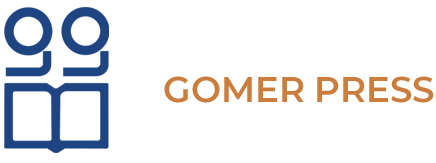Printing a book can be complicated, so we try to make the process as simple as possible.
New clients often ask us these questions asked about printing and binding their book.
Designing a Book
Certain trim sizes print more cost effectively than others. Throughout our factory, the most efficient formats can be found on our technical support page.
A book can have any number of pages, as long as it doesn’t exceed the maximum spine width. We can print and bind books with a maximum spine thickness of 60mm. The thickness of a book can also be increased and decreased by the bulkiness of the paper inside.
A softback book can have a simple cover made of artboard, or an 8 page folded cover. A hardback book can have a printed paper case (usually referred to as a PPC or PLC). A hardback book can also be cased in imitation or real cloth, and many other textiles. Books cased in cloth are usually supplied with a printed dustjacket.
This depends on the kind of publication you’re publishing. Matt coated paper is usually best for artbooks, where a book contains high quality colour images alongside areas of text. Silk coated paper is also a popular choice. Bookwove is usually the best paper for books with predominantly text, like a novel. Gloss coated paper is sometimes used for titles with high quality imagery and minimal text. Remember to look out for the FSC logo which is assurance that the paper has been sourced in a sustainable manner.
A book can be any size! But printers can have different limitations depending on the kit they use. At Gomer for example, the maximum width a book can be is 300mm, and the minimum thickness, or spine width of a book needs to be 7mm to be section sewn. A book thinner than this will need to be perfect or notch bound instead.
